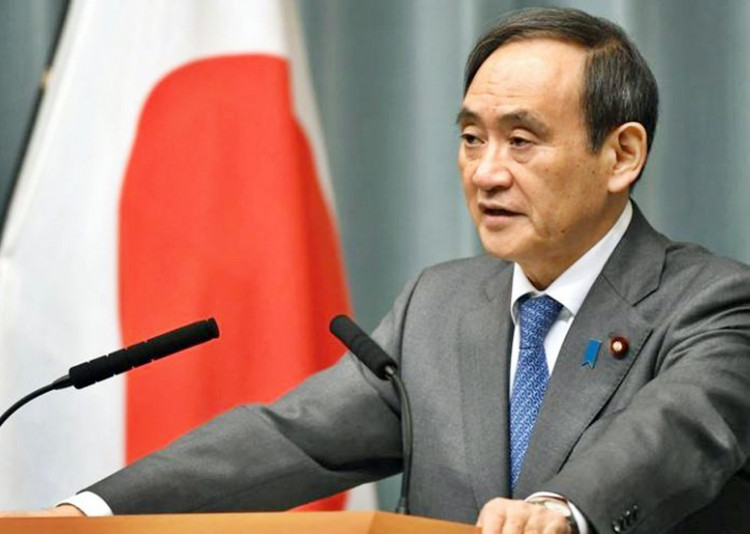The U.S. and Japan will discuss their own version of China's Belt and Road Initiative when Japan Prime Minister Yoshihide Suga visits Washington, D.C., and meets President Joe Biden April 16.
Suga and Biden will set standards for procurement and rules for maintenance to minimize the risk of technology leaks. The infrastructure plan will also be used in the fight against climate change.
The guidelines will cover preconditions for investment, project implementation systems and recommendations for developing local talent.
The Asian Development Bank estimates developing Asia needs to invest $26 trillion in infrastructure from 2016 to 2030.
Former president Donald Trump and former Prime Minister Shinzo Abe unveiled an alternative to China's Belt and Road in November 2017 when Trump visited Japan.
Former Secretary of State Rex Tillerson said then "many Indo-Pacific nations have limited alternatives when it comes to infrastructure investment programs and financing schemes." As a result, the U.S. will seek to "expand transparent, high-standard regional lending mechanisms - tools that will actually help nations instead of saddle them with mounting debt."
China's Belt and Road is an infrastructure development strategy launched in 2013 that has seen China invest in nearly 70 countries and international organizations. As of mid-2020, more than 2,600 projects costing $3.7 trillion are associated with the plan.
Its infrastructure spending includes ports, railroads, roads, airports and dams.
More than a dozen Latin American countries and 10 Caribbean nations have joined the scheme. Nearly all NATO member states in eastern and southern Europe have associations.






